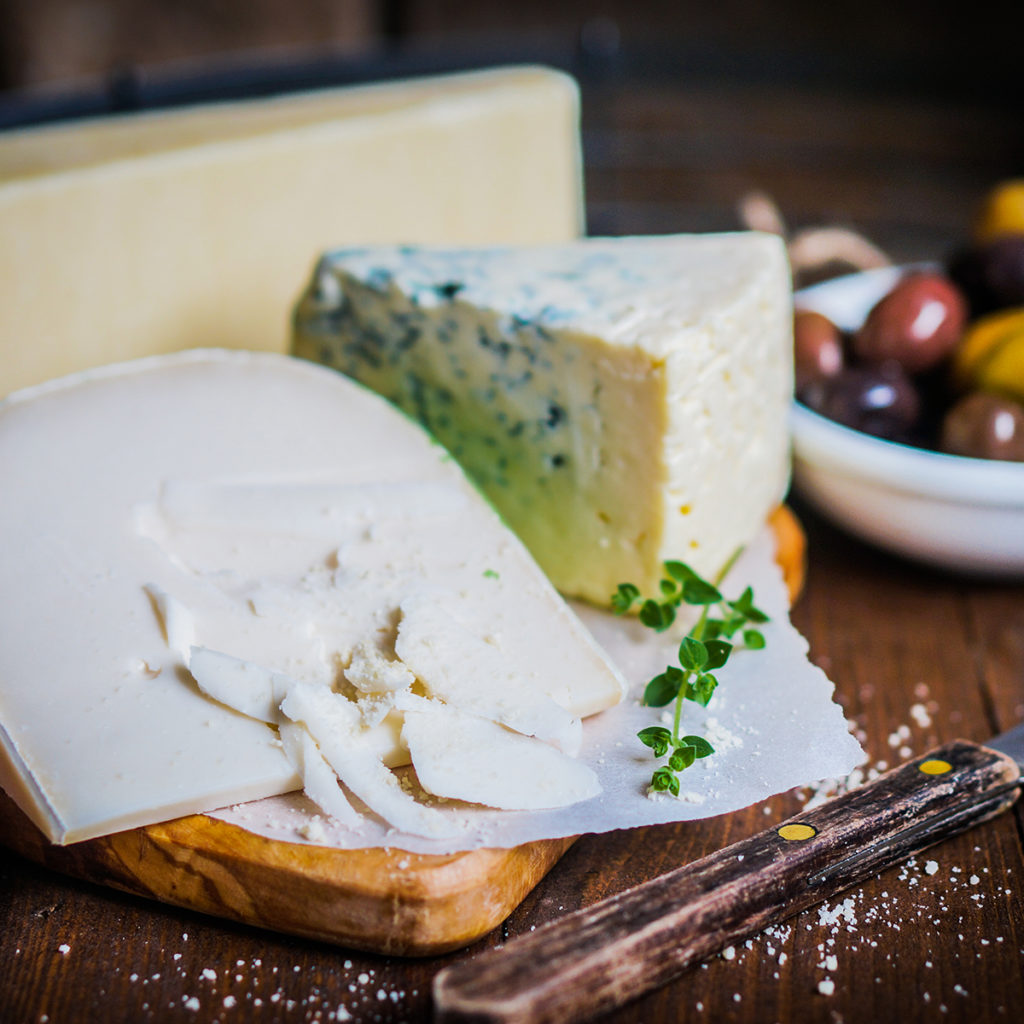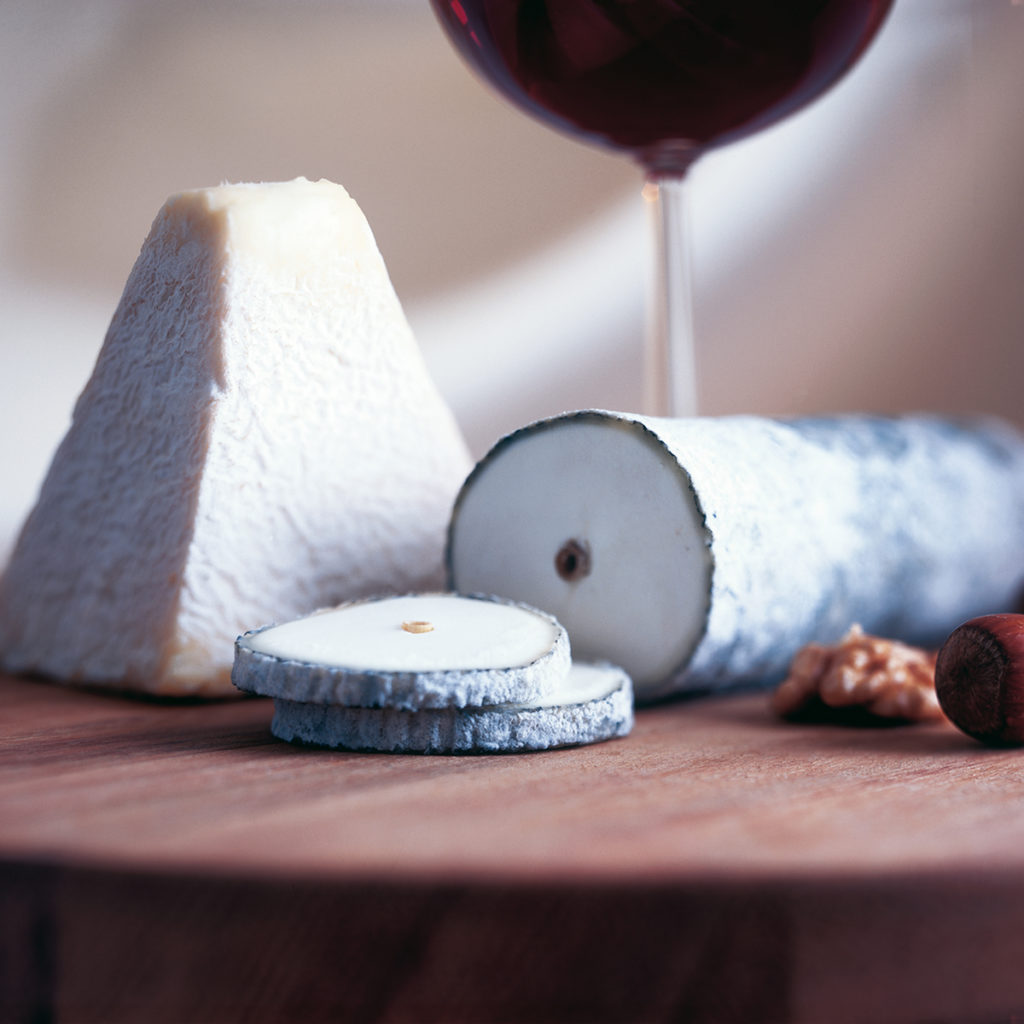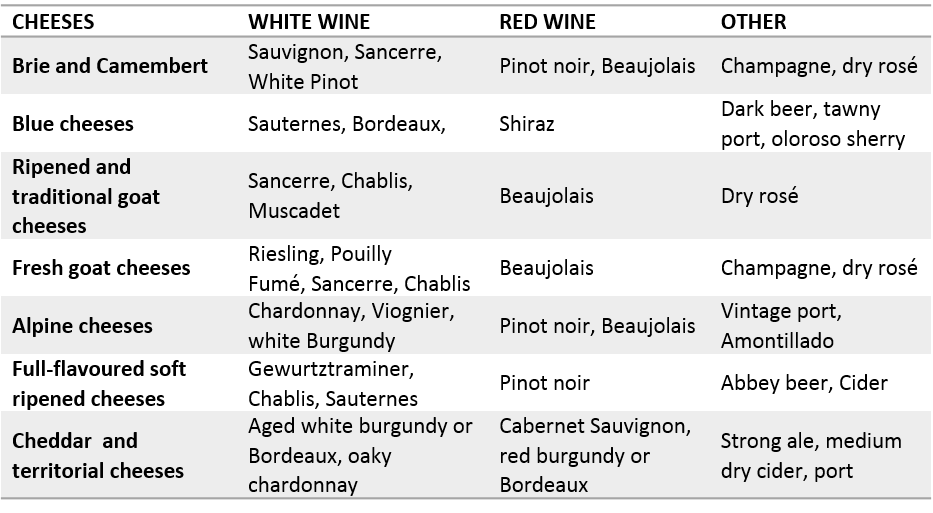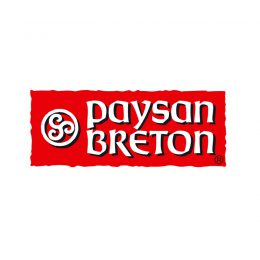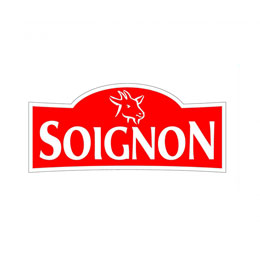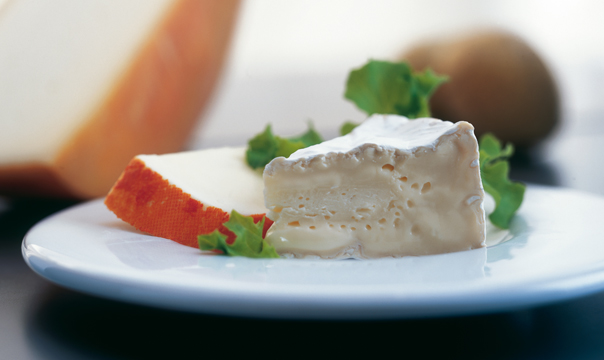
A flavoursome favourite
A real crowd pleaser, and an essential for any board. Try a quality farmhouse cheddar or a traditional territorial such as Lincolnshire Poacher.
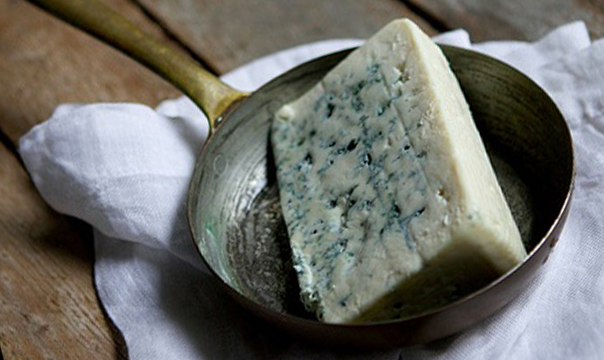
A blue with character
A punchy blue cheese, packed with flavour, a must for any cheeseboard. We recommend a traditional stilton such as Colston Bassett, or a creamier, quality French Roquefort.
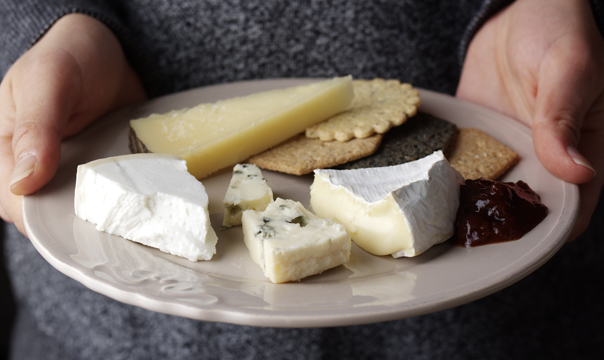
Perfect partners
And of course, every good cheeseboard needs some perfect trimmings to complement your cheese selections. Offer biscuits, crackers or artisan bread that not only taste great with cheese but also look fantastic as part of a cheeseboard. You might also like to include nuts, dried fruits, grapes and chutneys.
It’s not always easy to create the perfect cheeseboard that will not only excite and delight your guests but also offer enough choice to keep everyone happy.
First things first, think about the occasion you are catering for.
- How many guests are you expecting?
- How formal is the occasion?
- Is there any theme to the meal?
This will give you a good indication of how many cheeses you require and what weight. As a guide, we recommend 50-60g of cheese per person when the board is being consumed at the end of a meal. We would normally suggest a minimum of 4 cheeses for any cheeseboard. This ensures a good choice for your guests, but still allows you to enjoy and appreciate each individual cheese.
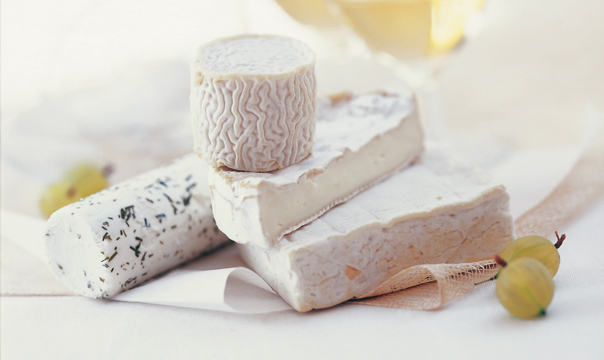
A rich, full flavoured one
We recommend something rich, oozy and indulgent to provide a contrasting texture and appearance to a board. Try an earthy Brie de Meaux or a classic French Epoisses.
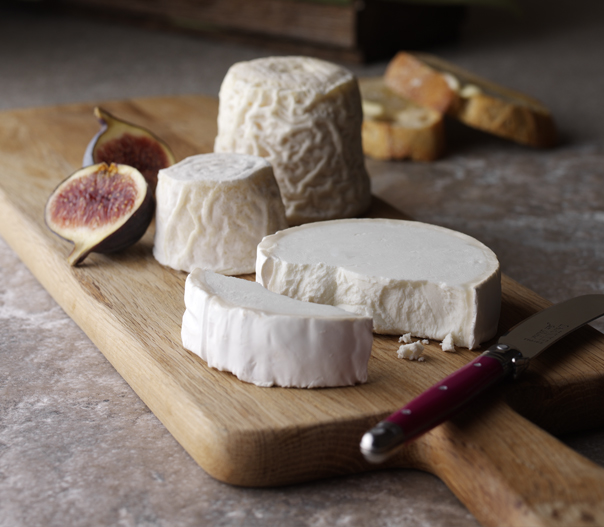
A lighter option
A fresh goat or sheep cheese is perfect to provide a lighter, palate cleansing option. Alternatively a sweet and nutty Manchego or Comte provides a balance to the punchier cheeses above.





